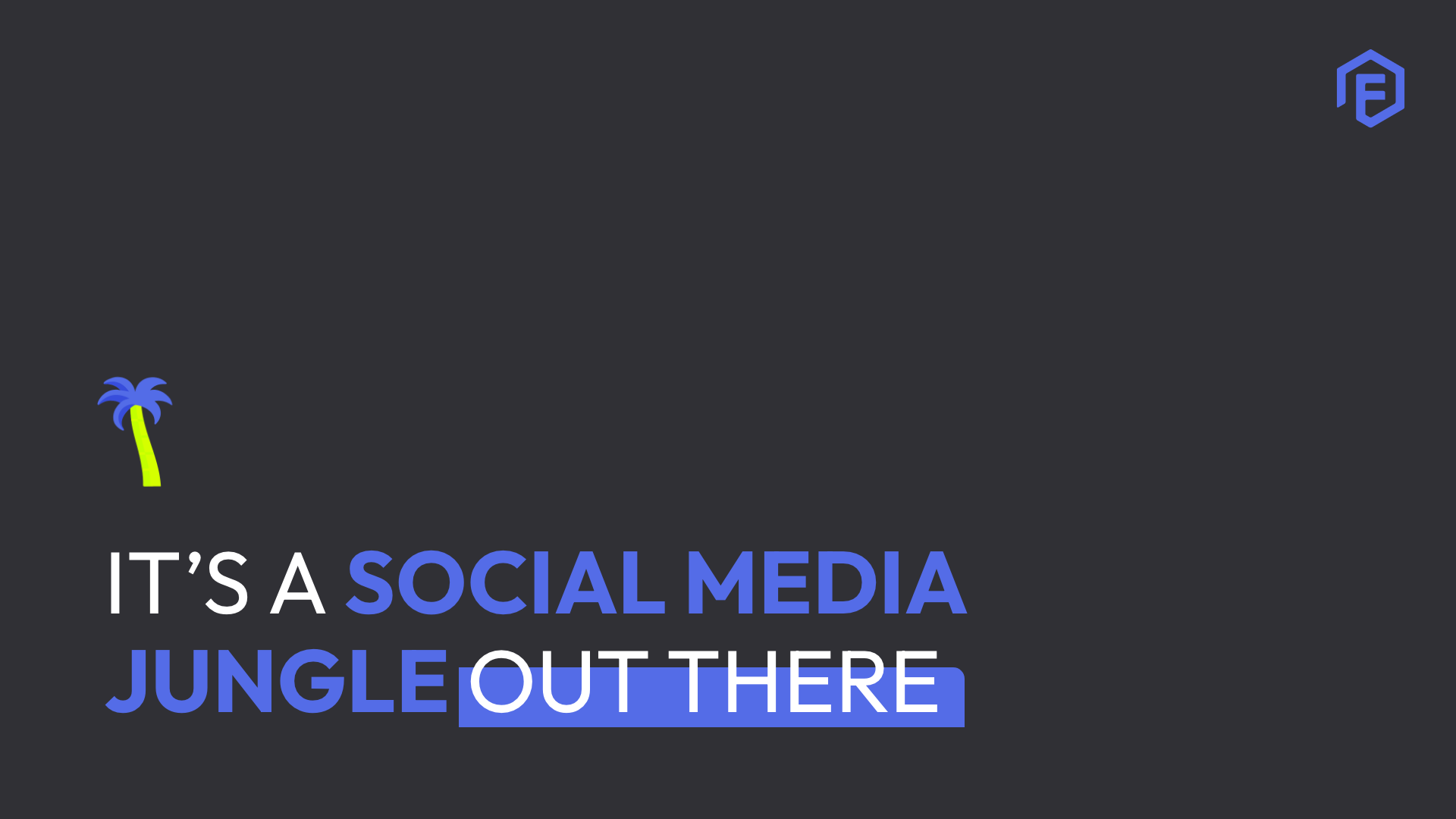Though excellence in design is driven by outside-the-box creativity and boundary-pushing innovation, we should not forget that design is a discipline like any other – it adheres to rules and time-honoured best practices that help ensure every piece of work is appealing and well-balanced.
“To design is much more than simply to assemble, to order, or even to edit: it is to add value and meaning, to illuminate, to simplify, to clarify, to modify, to dignify, to dramatise, to persuade, and perhaps even to amuse. To design is to transform prose into poetry.”
– Paul Rand
In bringing a client’s vision to life, designers have plenty to consider before we even open up an artboard. Add to this the fact that the technologies and software we use are constantly being updated, and the challenges only grow. New software released over the last couple of years, like Sketch and Affinity Designer to name just two, are breaking boundaries and giving designers more power over the work they produce. And as the tools evolve, so too do client expectations. It’s in our job description to always be in the loop when it comes to the fast-changing design trends that these technologies enable.
Everyone knows that in the art world, rules are made to be broken. But design today is equal parts art and science, and though there’s plenty of room for innovation, being ready to break the rules is all about learning how to use them first.
The fundamental elements (the things that make up the design) and principles (what we do with those elements) of design are our building blocks, and it’s how we apply them that can spell the difference between success and failure.
- Scale
Scale is an essential factor in any design and can be defined as the deliberate sizing of design elements for maximum impact. Just as in art, scale in design doesn’t necessarily have to be true-to-life or even based on reality – elements can be scaled differently to create impressive effects, to emphasise certain parts of the design, and to demonstrate what aspects of the messaging are most important to the viewer.
- Line
Any great masterpiece must begin with a simple line. In fact, linear marks make up just about everything, from imagery to font to format. Even the words and letters you’re reading right now is made up of curved, angled and straight lines that are decoded in the brain to derive meaning – and that’s exactly what line does for design as well. A designer’s use of line doesn’t just add to a design’s aesthetic appeal. It literally leads the eye through the image and guides the viewer to its focal point.
- Repetition
In creating a cohesive design, repetition is a crucial element that serves to keep branding consistent and to unite a design’s various elements into a cohesive and impactful whole. This is especially important when creating patterns and textures.
- Composition
What turns a jumble of musical notes into a piece of music, or a bag full of ingredients into a gourmet meal? It’s not what you’ve got, it’s what you do with it that counts, and that goes for design as well. Composition is defined as the overall arrangement of the elements that make up a design, and it’s the part of the whole process where all the principles come together to play. In the hands of an experienced designer, typography, scale, line, repetition and more can be altered, adjusted, combined and re-combined to create unique and effective layouts.
- Grid
Remember what we said about how line guides the viewer’s eye to the most important elements of a design? Well, the designers have their helpful guiding lines as well – usually in the form of a grid that helps them to space and align their elements to perfection. Grids are made up of rows and columns that provide a general outline for the construction of a design, just as an architectural blueprint guides the construction of a building. This helps to make sure that every element has its own space to breathe, and keeps the overall design neat, legible and attractive.
The world of design is packed with helpful principles, tricks and techniques – some passed down through the ages, some picked up from peers, and many you’ll have to learn on your own. These are only a few of the most essential – and remember, not every design will call for the use of dozens of them at once. Apply them where they feel correct and scrap those ones that don’t add anything to your project. Design is constantly evolving, changing, adapting and improvising, and a good designer will always be ready to do the same.



